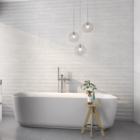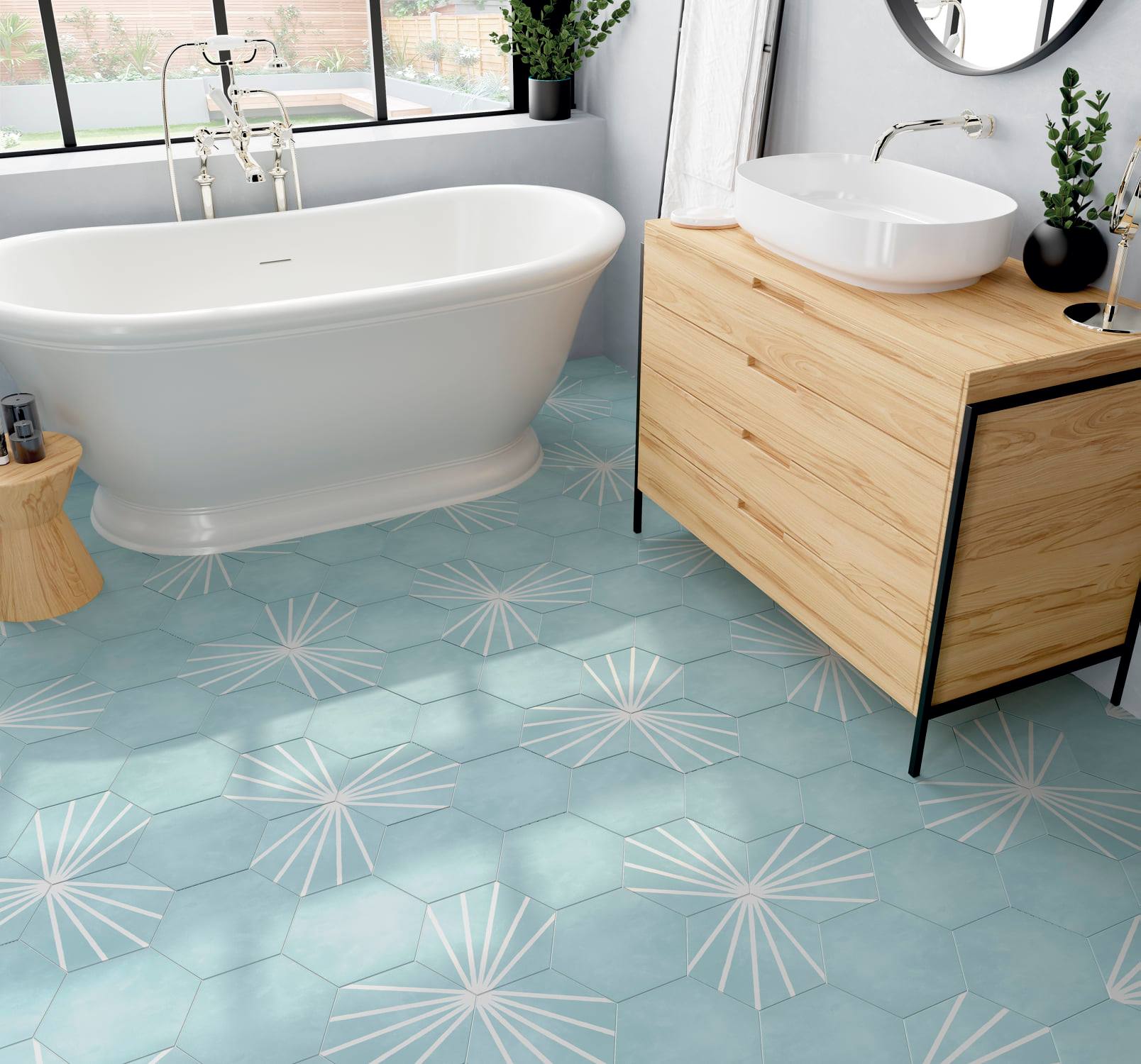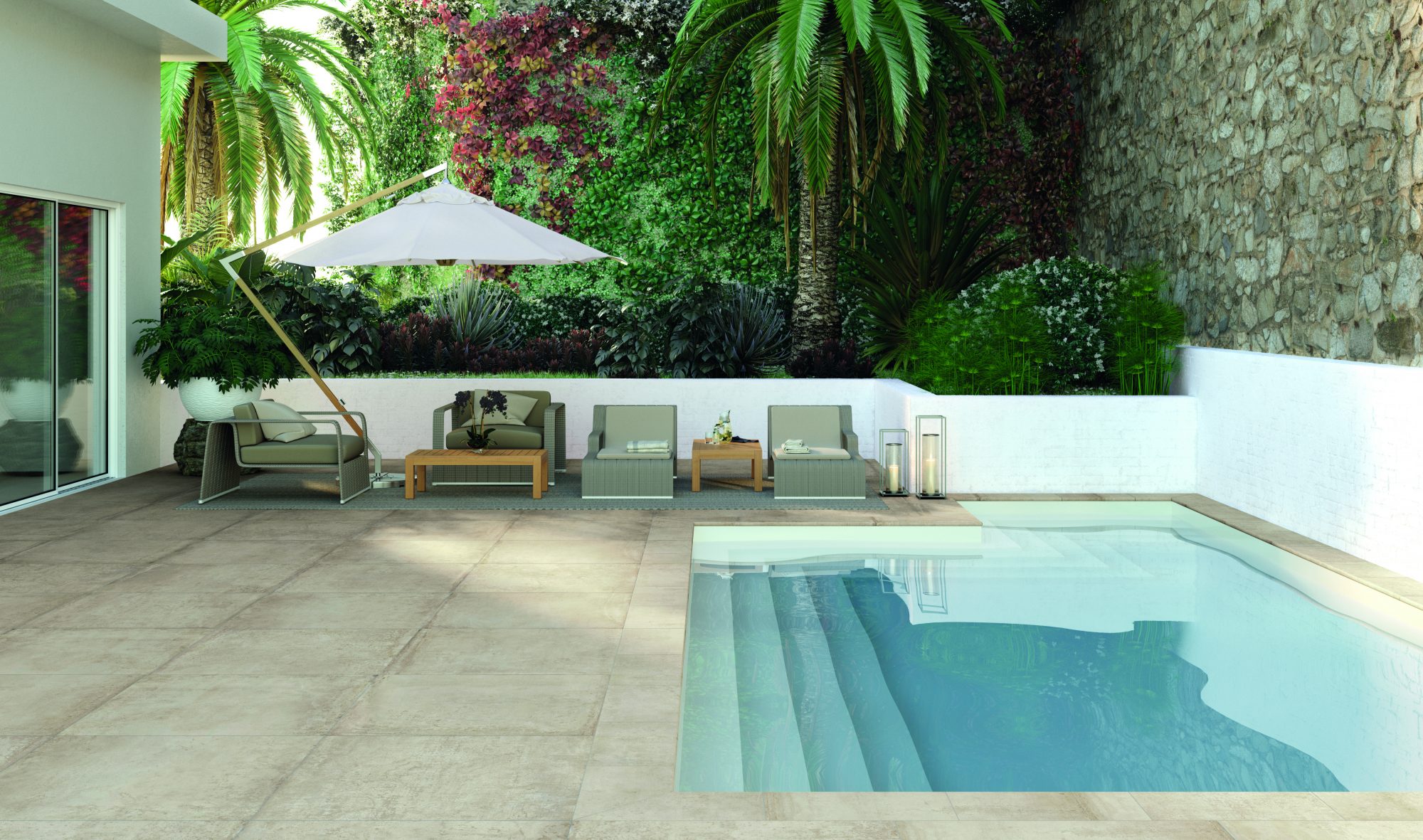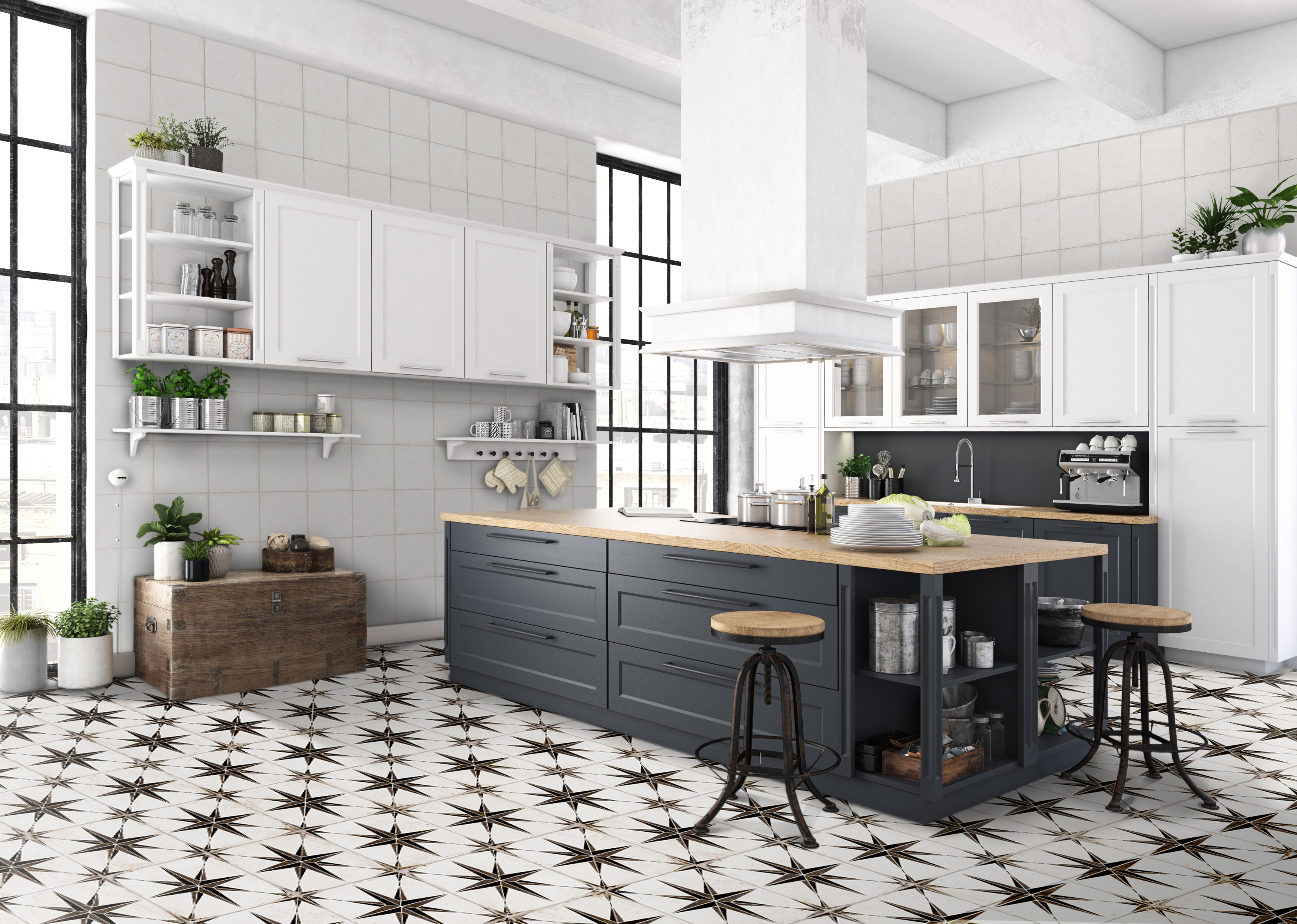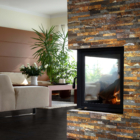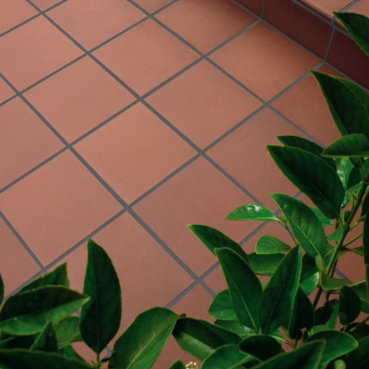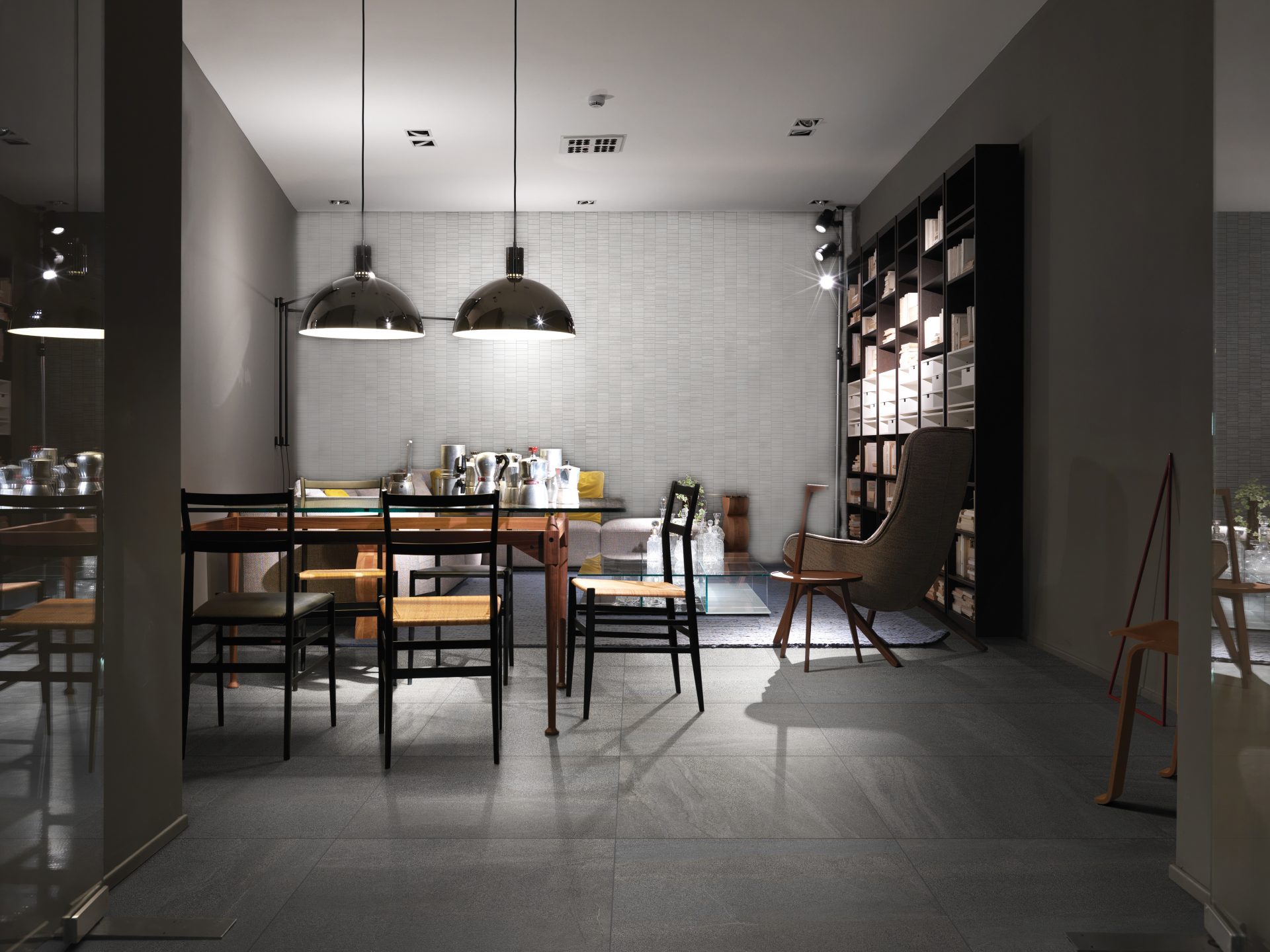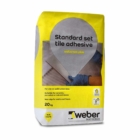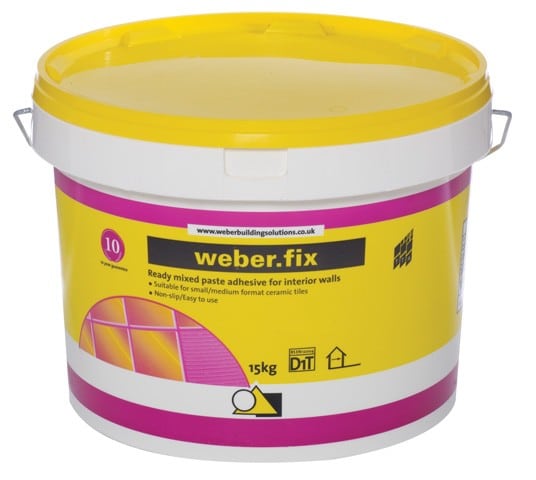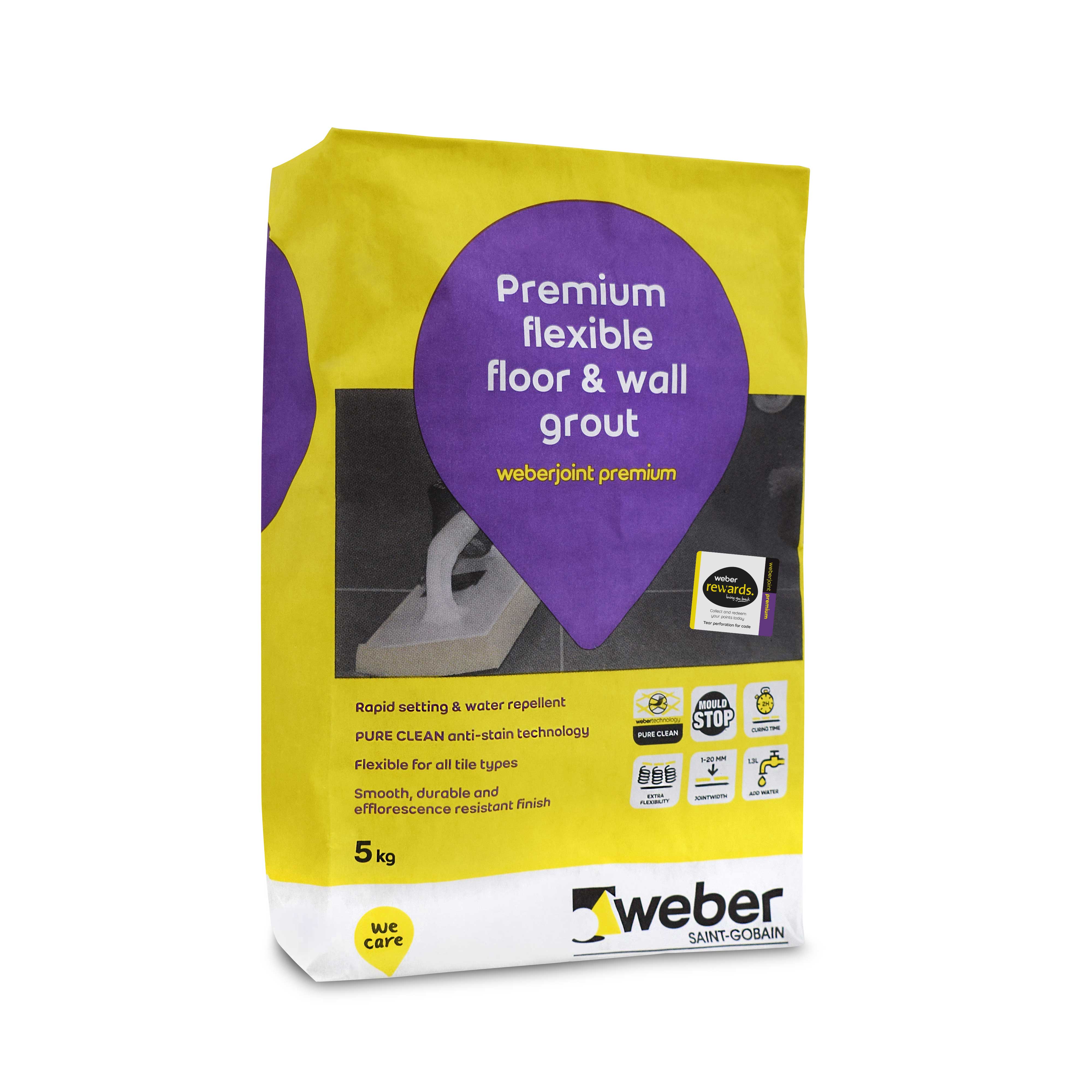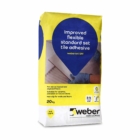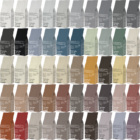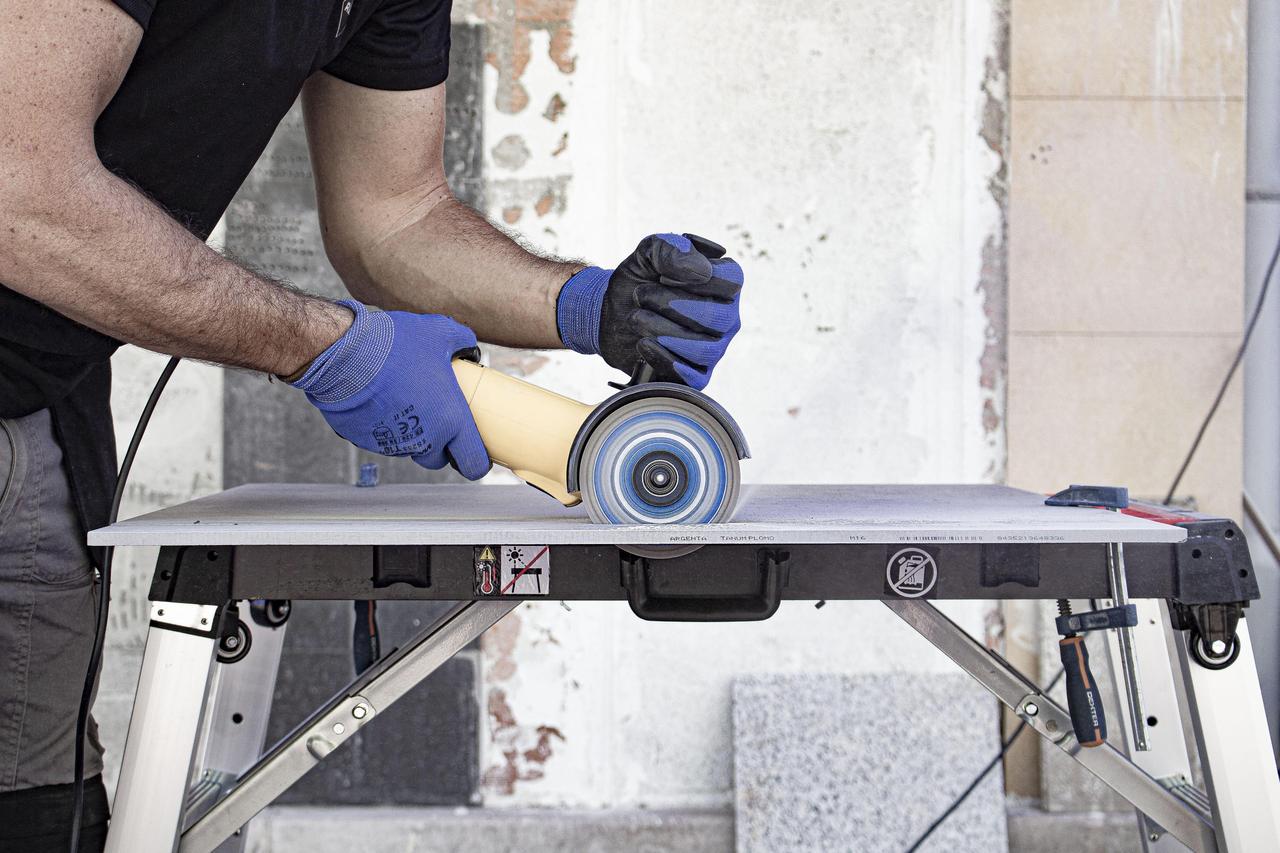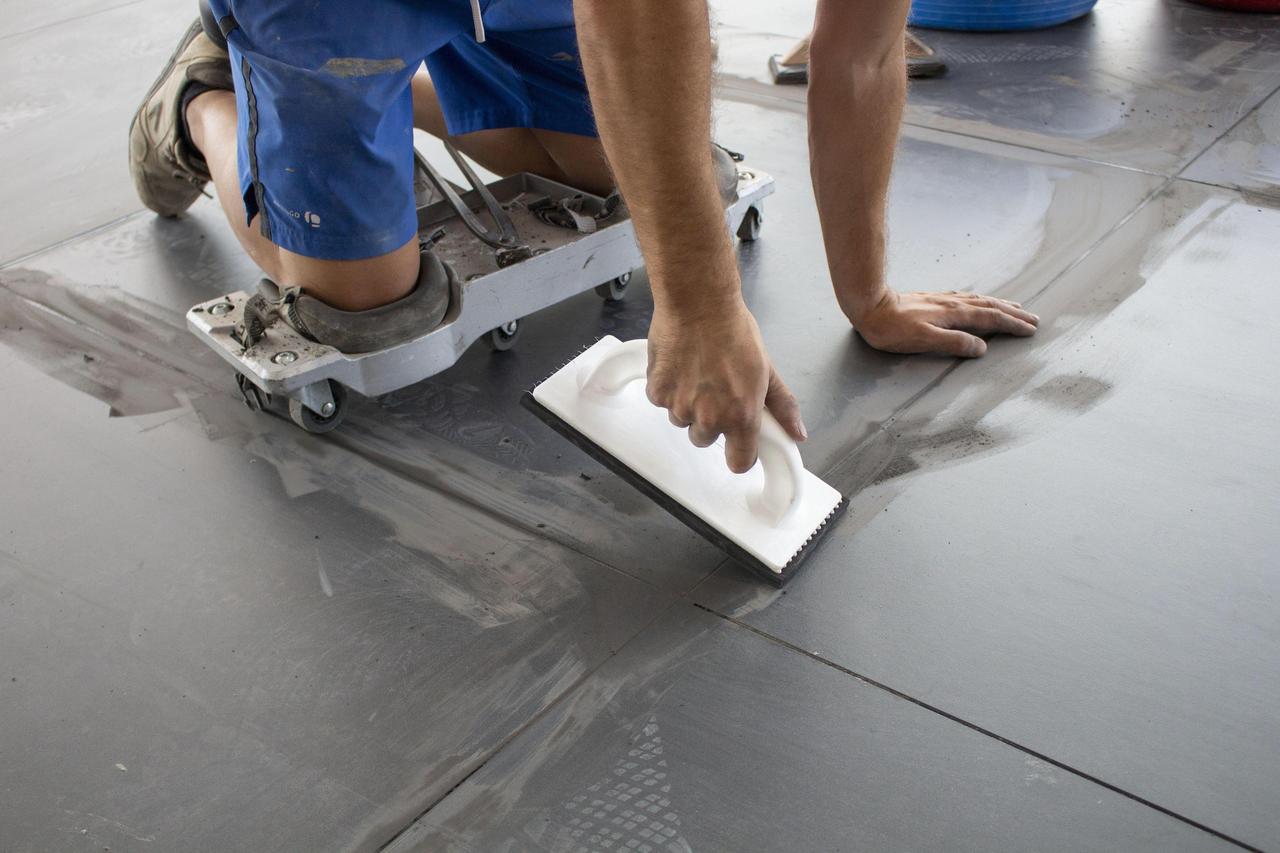Can You Use Tile Adhesive As Grout?

Are you planning to re-tile your kitchen or bathroom? If so, you may be wondering about some of the steps and milestones involved in the process.
A quick trip down the tile aisle in a hardware store will likely inundate you with many terms. For example, mastic, mortar, grout, tile adhesive, and more. All of these terms are products used to install tiles. However, each of them have a very different job in the process.
One of the most common questions we get here at Atlas Ceramics is if tile adhesives can be used as grout. We have written this article to answer this!
What’s The Difference Between Tile Adhesive And Grout?
Before we get into the ability to use tile adhesive as grout, let’s discuss the differences between the two. Installing tiles has several steps and several layers that come together. These layers form the floor you see and walk on.
Adhesive is the “glue” that secures your tiles to the floor or wall. Grout is the filler used to make those neat “lines” between each of your tiles. Of course, there is quite a bit more detail to each of those components, so let’s take a closer look.
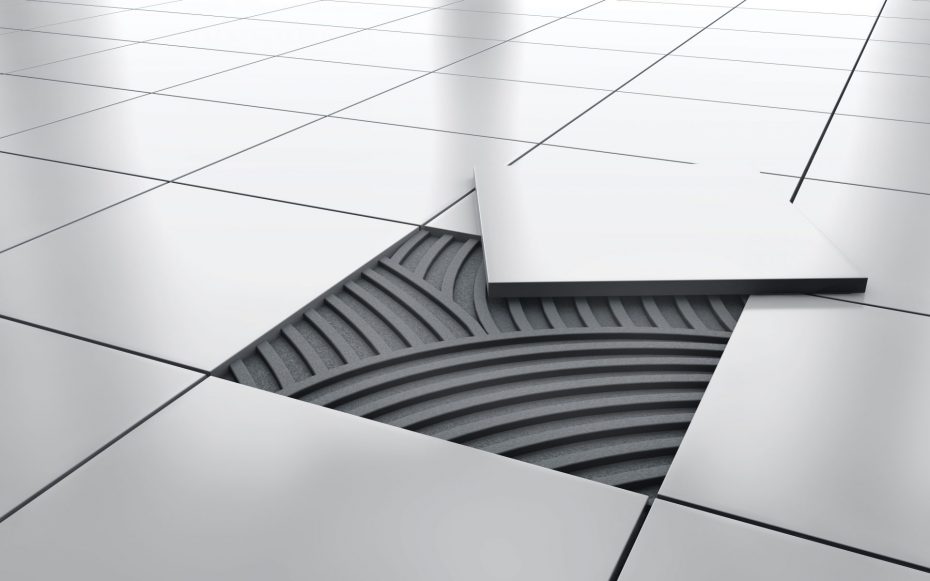
What Is Tile Grout?
Grout is a type of mortar used to fill in the gaps between each tile. In most cases, grout is cement-based and is further separated into three forms. These are sanded, epoxy, and un-sanded.
The differences between these forms are explained below. Grout helps to finish the look of a tile floor or wall. It also helps to prevent the build-up of bacteria and mould.
Grouts are available in a wide range of colours. This allows them to be matched to the relevant tiles for your project.
Epoxy Grout
Epoxy Grout is similar to epoxy tile adhesive. This being the strongest and most expensive grout available. The product consists of a resin formula. This should only be used by professionally qualified tilers.
Epoxy grout is resistant to chemicals, water, and heat. Therefore, it is a great option for wet rooms and locations with heavy duty needs. The product bonds well with vitrified glass tiles, porcelain tiles, and ceramic tiles.
Un-sanded Grout
Un-sanded Grout is a type of grout that has additives, but it does not include sand. This grout is used for grout lines that need to be thin. Usually no more than 3 millimetres.
The exclusion of sand in the mix makes it easier for the grout to fill the smaller spaces. This makes it very easy to use. Most grout that is applied on wall tiles is un-sanded.
Sanded Grout
Sanded Grout is mixed with a very fine type of sand. The addition of sand makes the grout more durable.
This grout is mostly used for larger tile spaces. Sanded grout is commonly used on floor tiles. The product works well with granite, marble, stone, and regular tiles.
Here at Atlas Ceramics, we stock a wide range of grouts to cater for your tiling needs. We specifically stock Weber Grouts, which are provided in a range of colours.
This grout is specifically designed to be waterproof, stainproof and temperature resistant. Therefore, it makes for a smooth installation of your tiling project. To see our weber grout range, follow this link here or alternatively pop us an email at info@atlasceramics.co.uk.
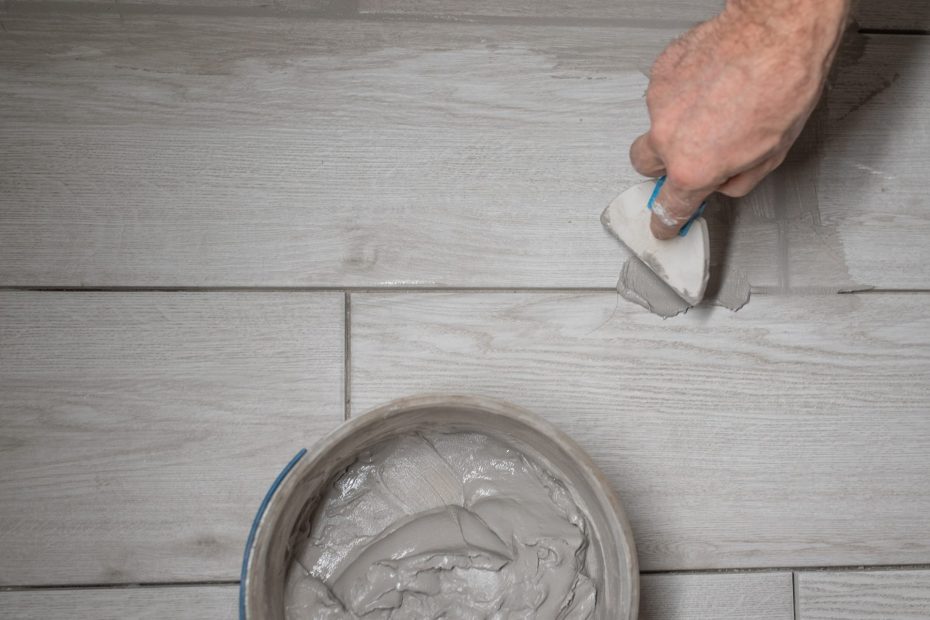
What is Tile Adhesive?
Tile mortar and tile adhesive are very similar, they are just listed under different names depending on the brand. Adhesive is one of the most important steps in laying down new tiles. It is the glue that will secure your tiles to your subfloor and ensure that they stay put for years to come. Tile adhesive is provided in three main forms, being epoxy, cement based (powdered), and mastic.
Epoxy Mortar
This is the strongest adhesive of the three. The product is made up of a powder, hardener, and a resin. This provides a quick setting time and forms a nearly impenetrable bond between the tiles and the subfloor. Epoxy is highly resistant to grease and chemicals, and it is entirely waterproof.
This type of mortar is mostly used in industrial locations. They can also be used in locations that have a high level of foot traffic. However, it is also the most costly form of tile adhesive due to the amount of chemicals within. Applying epoxy requires specialized training as well as protective gear due to the pungent smell.
Cement based adhesive
Cement based adhesive is the most widely used form of tile adhesive. This product comes in powder form and is cement-based. It is used in most residential and commercial locations.
When prepared, it has a sticky yet smooth consistency. The product bonds well with most surfaces and tiles, which is one of the main reasons why it is so widely used. Flexible cement based adhesive is mould, heat, and moisture resistant, which means it can be used in both dry and wet rooms.
Cement based adhesives are ideal for large-format, natural stone and porcelain tiles and help to adhere a tile to floors and wet environments. The added strength, flexibility and drying consistency are absolutely essential to ensure a quality and long-lasting hold. Powdered cement-based tile adhesives also provide significant time savings to builders as they can be grouted quicker than ready-mixed tile adhesives.
Tile Mastic
Tile Mastic adhesive is very sticky and is already mixed. The product consists of an acrylic glue that is water-based. This is formulated specifically for tiles that will be laid in dry areas. It is not heat or moisture resistant but has a long shelf life. Unlike the other two types of adhesive, tile mastic adhesive is not compatible with glass tiles.
Here at Atlas Ceramics, we offer a wide range of Tile Adhesives with promotional offers as well. We mostly stock Weber tile adhesives, which are globally renowned for their flexibility and adaptability. They also provide many benefits over other brands of adhesives. Follow this link here to see more, or alternatively pop us an email at: info@atlasceramics.co.uk
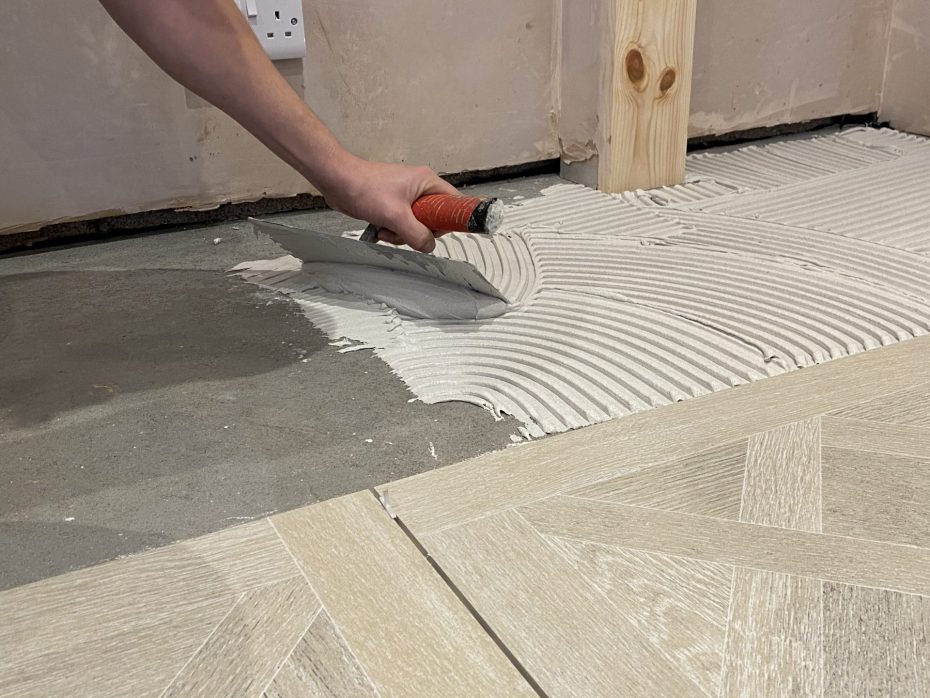
So, Can Tile Adhesive Do Double Duty?
Now that you understand the difference between tile adhesive and tile grout, it is clear that they both have different jobs. Tile adhesive is made specifically to bond tiles to the subfloor or the walls. Grout is used specifically to fill in the space between the tiles and further seal the spaces from water, bacteria, and dust. Though some of the ingredients may be shared between the two compounds, they are not interchangeable in any way.
Some forms of adhesive and grout are only for specific types of tile. Grout is made for bathrooms and other wet rooms, while other forms are more general purpose. It is important that you choose the right adhesive and the right grout to lay your tiles, if you want your floors and walls to look great and last a lifetime.
How We Can Help
If you plan to lay your own tiles, make sure that you choose the right compounds to ensure a proper bond. For those who would prefer to leave it up to the professionals, we can help. Give us a call today on 01425 621173 to find out more about our tiling product and services that we offer.



